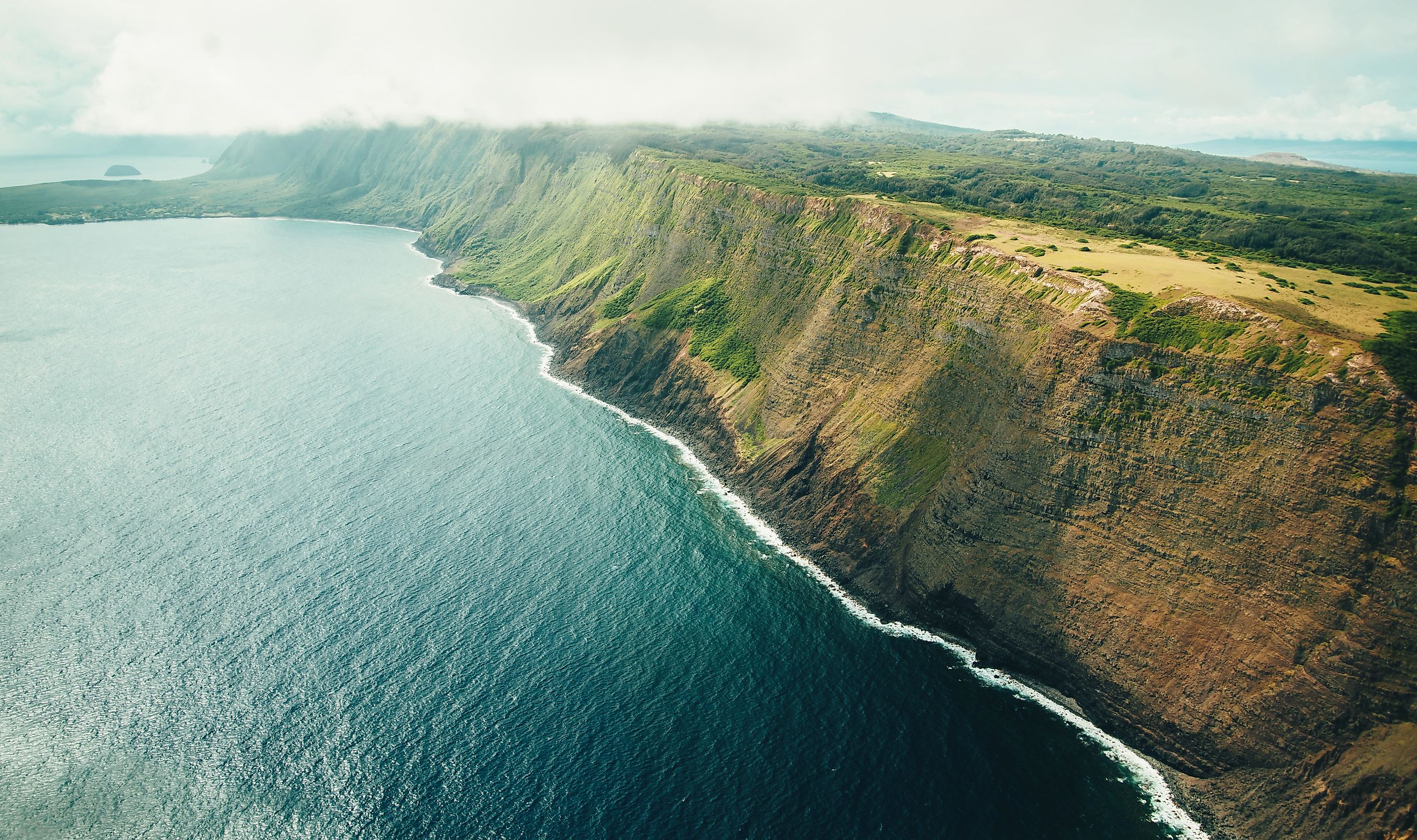
The Natural Wonders of Hawaii
Hawaii's natural beauty is well known both within the United States and around the world. Each year millions visit Hawaii for its warm tropical weather, sandy beaches, and stunning landscape. It should be no surprise to learn that Hawaii is not in short supply of natural wonders.
Much of Hawaii's unique landscape can be credited to millions of years of intense volcanic activity. This had a profound impact on Hawaii's environment and is one of the main reasons it remains so distinct.
Punalu’u Black Sand Beach
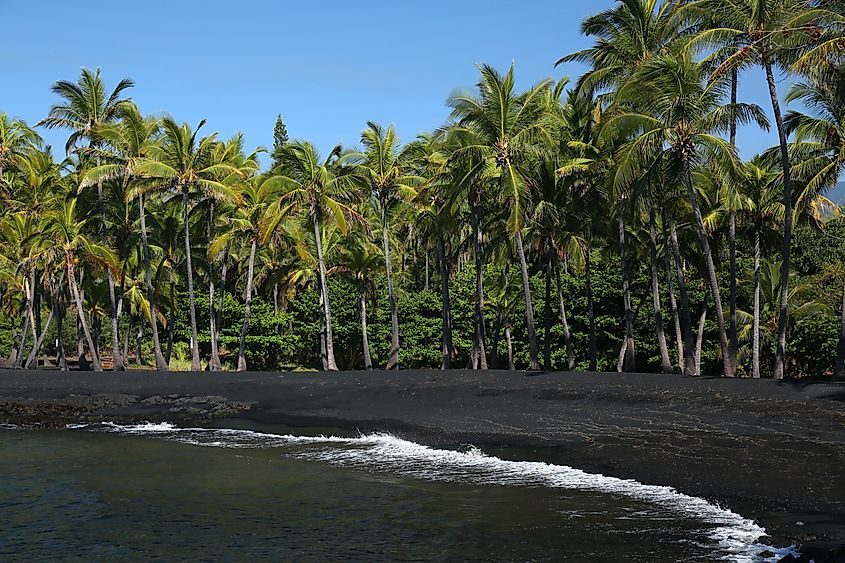
Near the town of Naalehu on Hawaii Island is the world-famous Punalu Black Sand Beach. As the name suggests, the sand here is jet-black giving it an otherworldly appearance. This area has always been a popular destination for tourists trying to get a first-hand look.
The black sand is finely broken down basalt that comes from thousands of years of volcanic activity. When a volcano erupts, lava flows into the ocean and explodes where it eventually cools off. This then creates the basalt necessary for the black sands to exist.
Akaka Falls
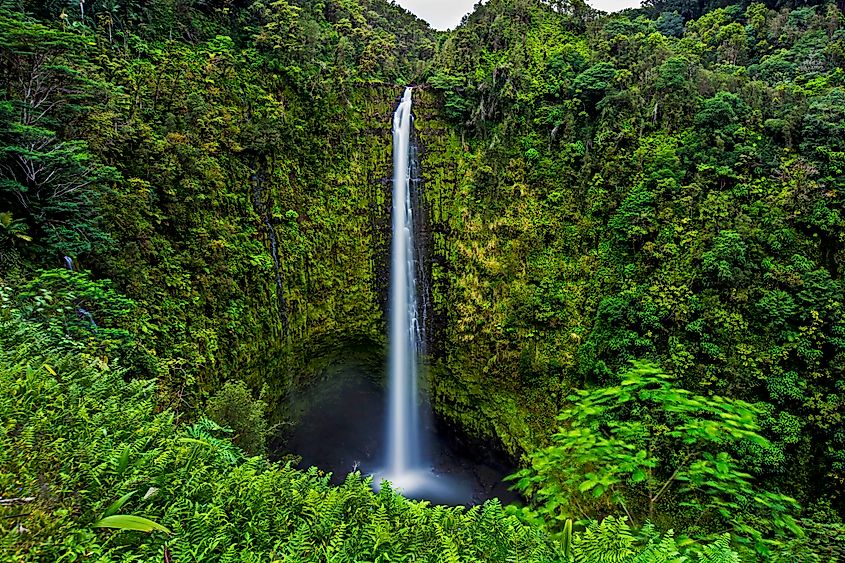
Akaka Falls is another in a long list of natural wonders that are fit to be placed on a postcard. Found on the main island, Akaka Falls is deep within the lush jungle. Thankfully, getting to a good observation spot is not too difficult, thanks to a popular hiking trail.
The falls drop 442 feet in a pool below. Visiting here is a great way to get some exercise in as well as view one of Hawaii's more recognizable natural attractions.
Molokai Sea Cliffs
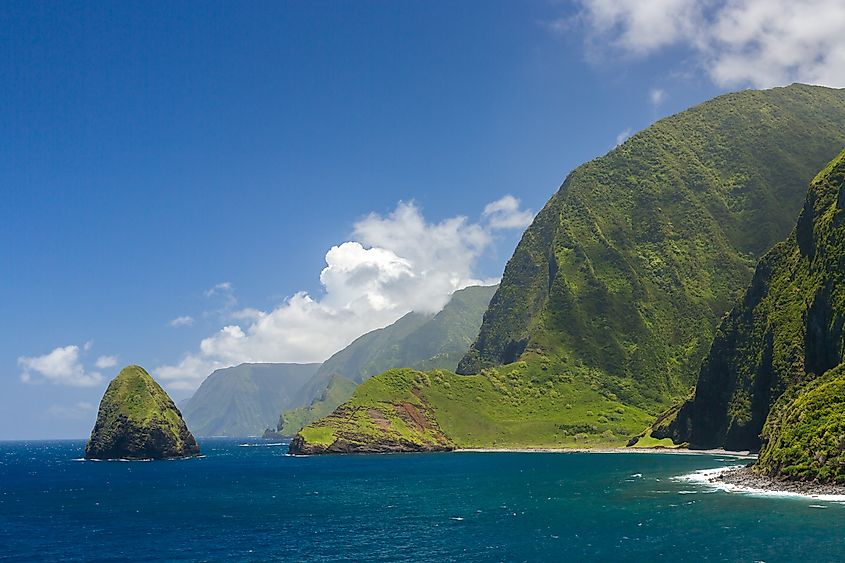
The northern shore of Molokai Island is sure to leave you breathless. Towering 3,900 feet into the sky, the island almost appears to shoot directly from the sea. The massive seaside cliffs loom over the ocean and provide one of the most stunning landscapes in all of Hawaii.
The island of Molokai was formed by two volcanoes on opposite ends of the island. It is assumed by experts that roughly 1.5 million years ago the eastern island suffered a massive collapse which inadvertently created the enormous cliffs that are present today.
Glass Beach
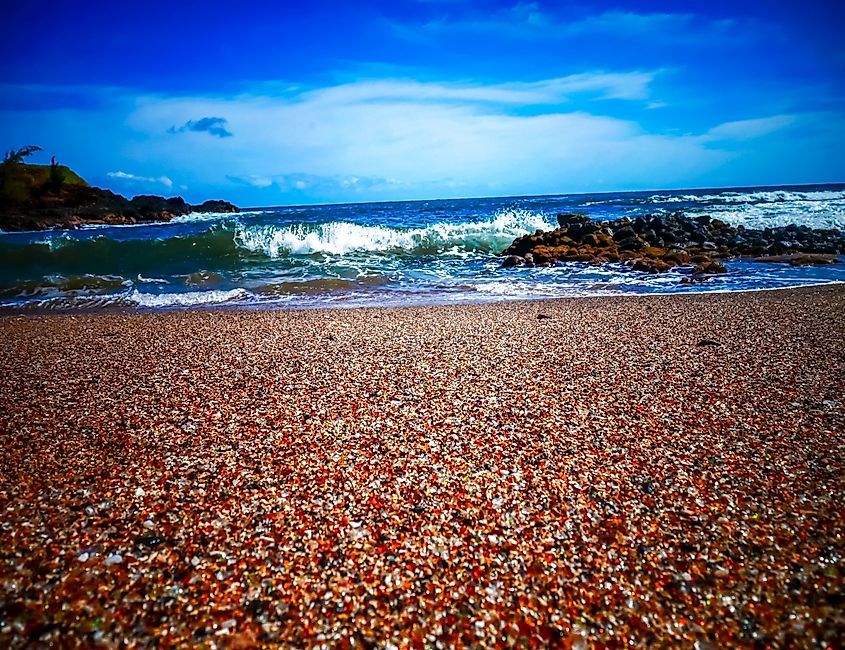
On the island of Kauai, is the fantastic Glass Beach. While much of Hawaii is known for its soft sand beaches, Glass Beach is a tad different. Glass Beach is made up of sea glass pebbles that all range in color.
This sea glass was not made due to some volcanic activity like most wonders in Hawaii but rather human negligence. Much of the sea pebbles actually come from bottles and auto glass that have been dumped into the ocean and then smoothed over time and eventually washing ashore. It might not be the most inspiring story around but the results do speak for themselves.
Kaihalulu Red Sand Beach
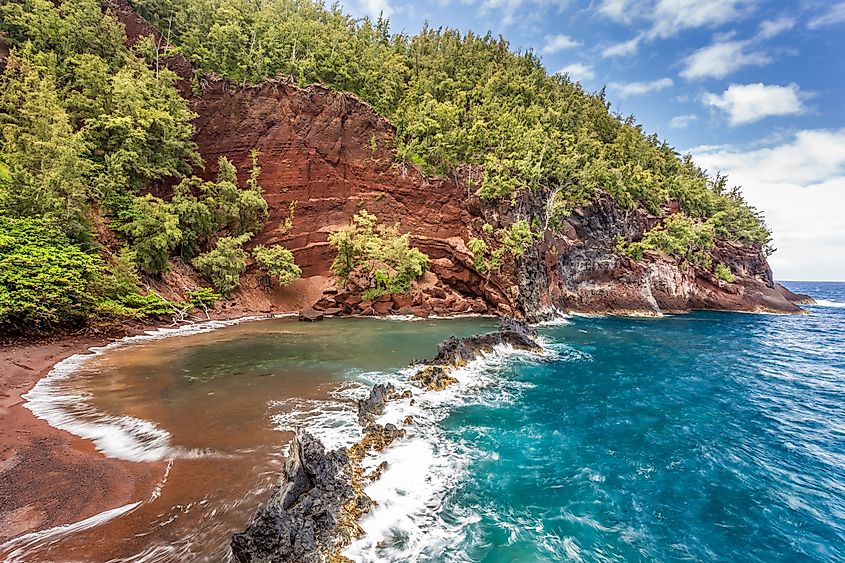
The Kaihalulu Red Sand Beach is in Maui near the town of Hana. This is one of the very few genuine red-sand beaches in the world. While the beach is small, there is still plenty to see and explore here.
There are various narrow cliff paths that can be taken to take a better look at the area. Short trees populate the tops of the cliffs and naturally forming pools can be found in the ocean below. It really is a great place to explore.
Kalapana Lava Flows
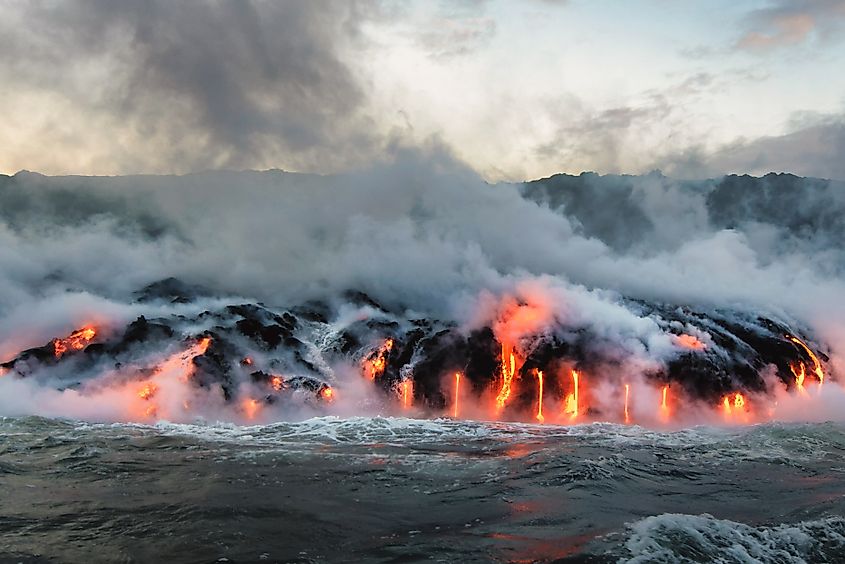
The active volcanoes in Hawaii have long been a staple attraction for tourists to visit. While this can of course be incredibly dangerous, there are ways to see these volcanoes from a safe distance.
Near the Hawaii Volcanoes National Park are the Kalpana Lava Flows. Here you can see one of the most magnificent natural occurrences on Earth. This is one of the few places you can go to see lava flow into the ocean at an enjoyable but safe distance.
Mauna Loa
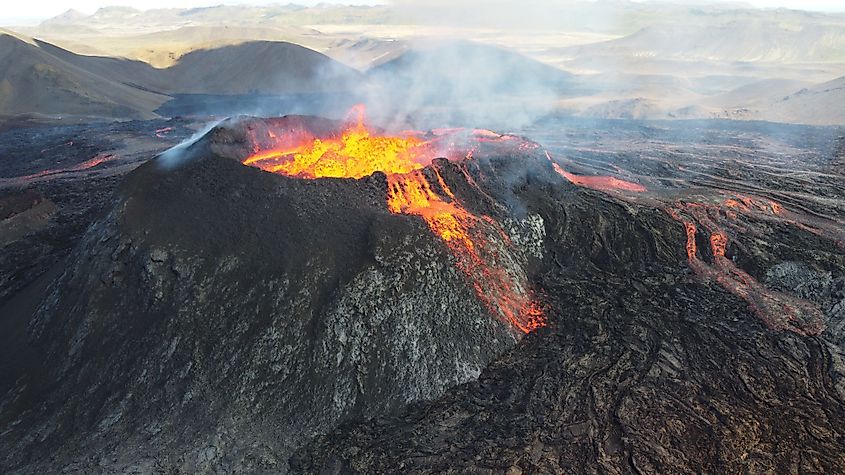
Mauna Loa is the largest subaerial volcano on Earth. Its highest peak is 13,678 feet above sea level and provides a fantastic overlook of the surrounding area. The elevation is gradual and relatively easy to scale.
There are roads that provide access to the upper slopes of Mauna Loa. It is truly massive. In total, the mountain is 18,000 cubic miles (75,000 cubic kilometers) in volume. If you want to see something that is not common to the stereotypical Hawaiian climate, make sure to spend a day on the mountain.
Exploring Hawaii's Unique Landscapes
Hawaii is easily one of the most beautiful states in America. If you ever get a chance to visit make sure to stop by some of the natural wonders to get a good look at the natural beauty of the island. Thanks to Hawaii's geographical location, its environment is literally like nothing else that can be seen in the mainland United States.











